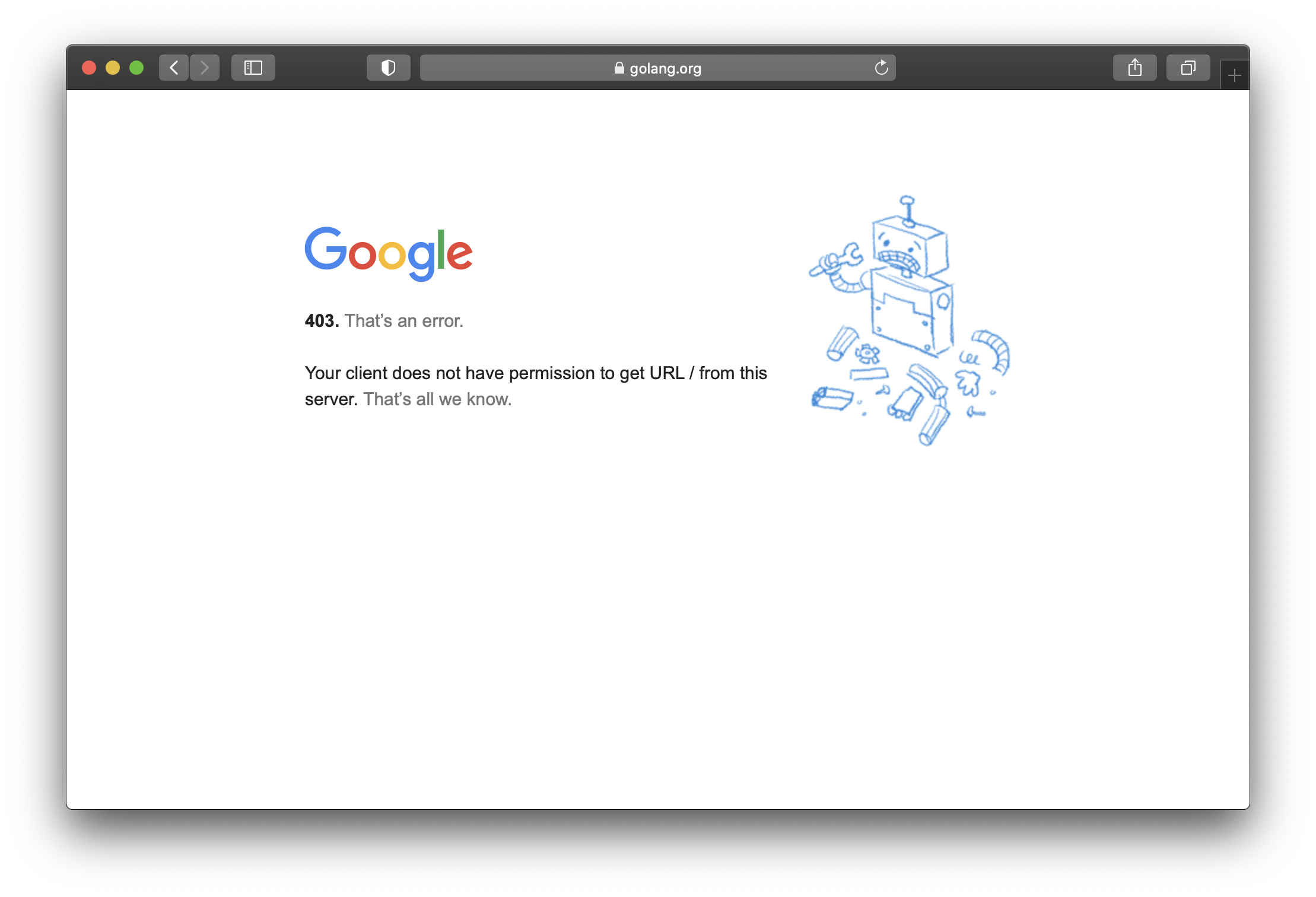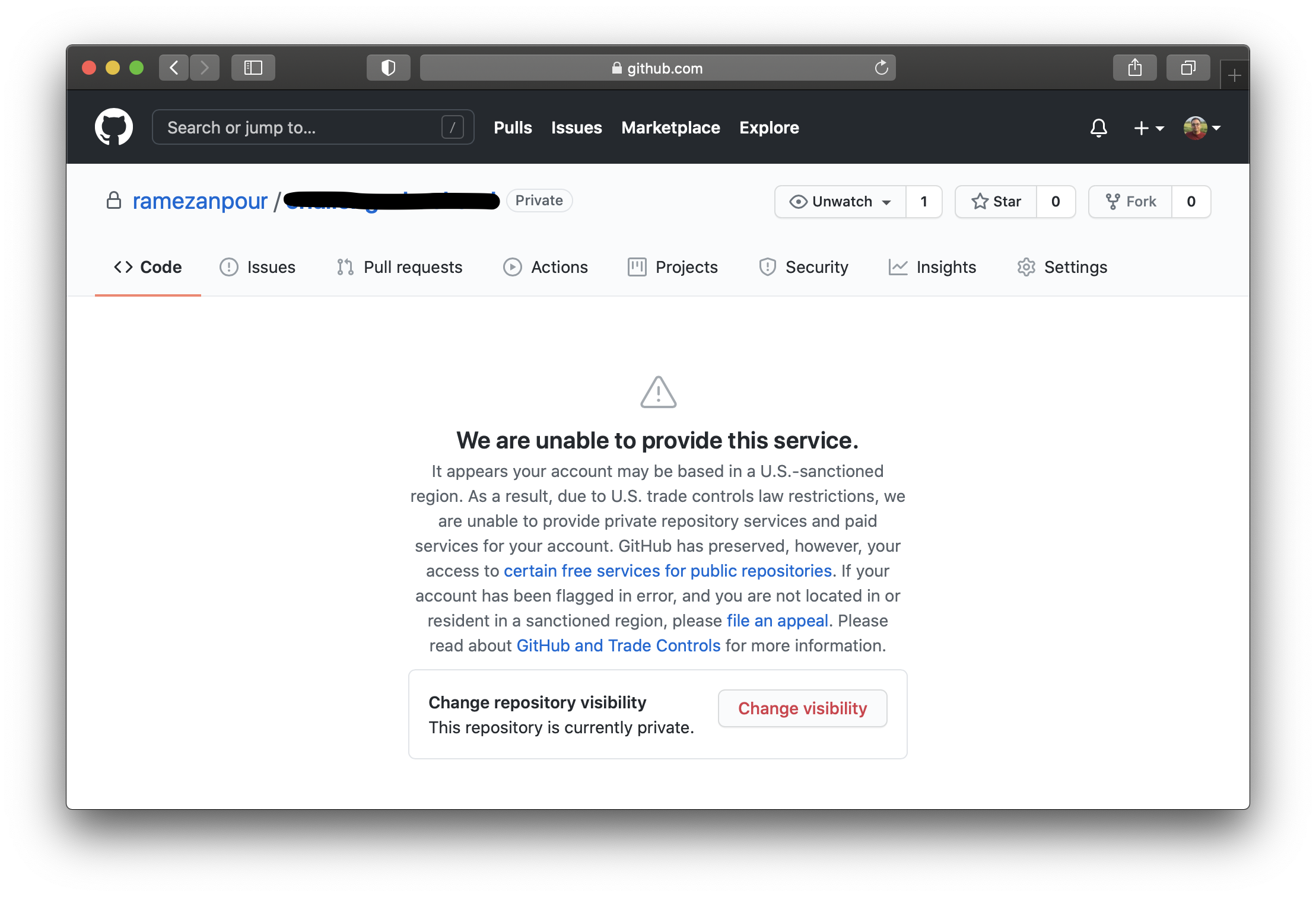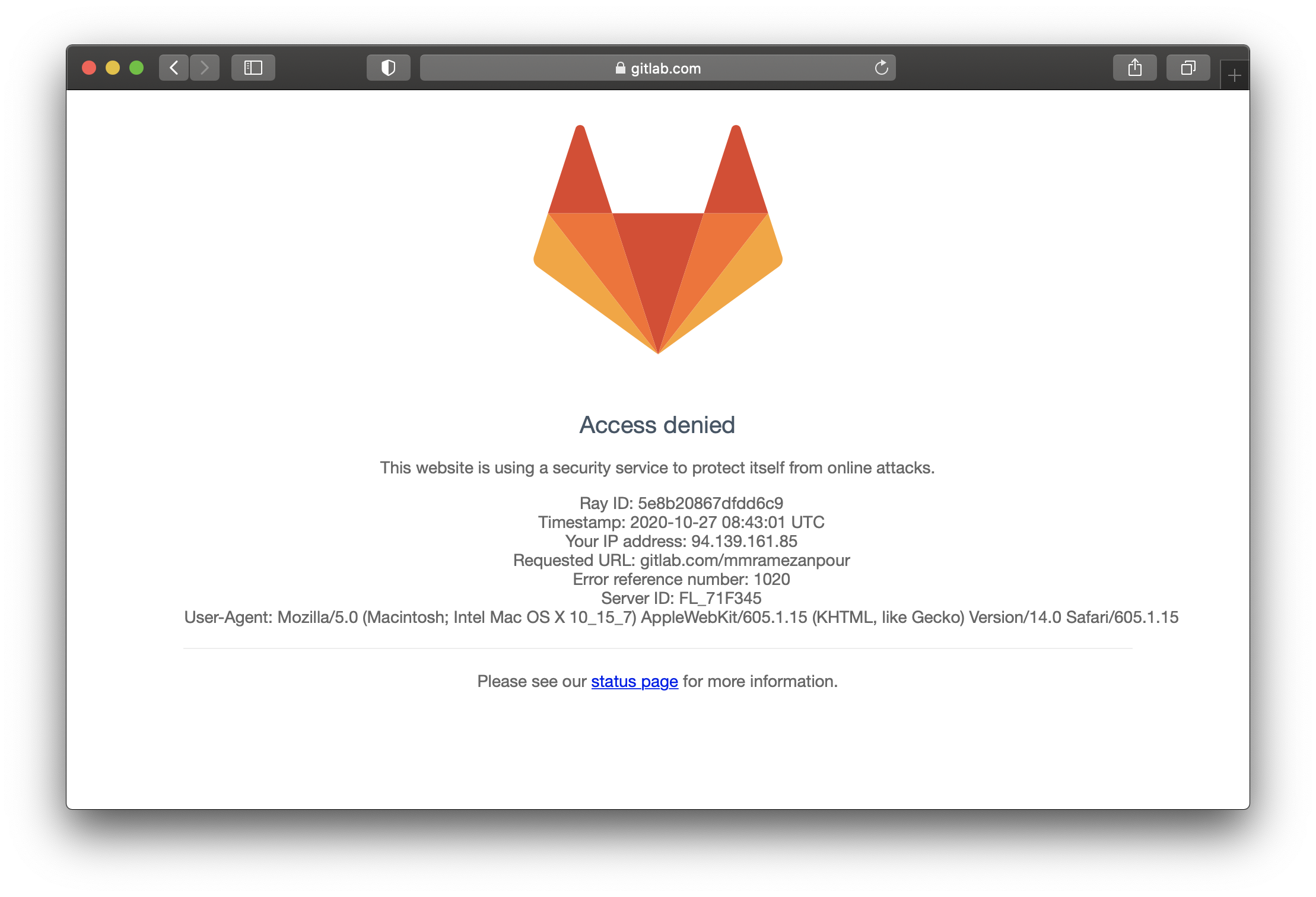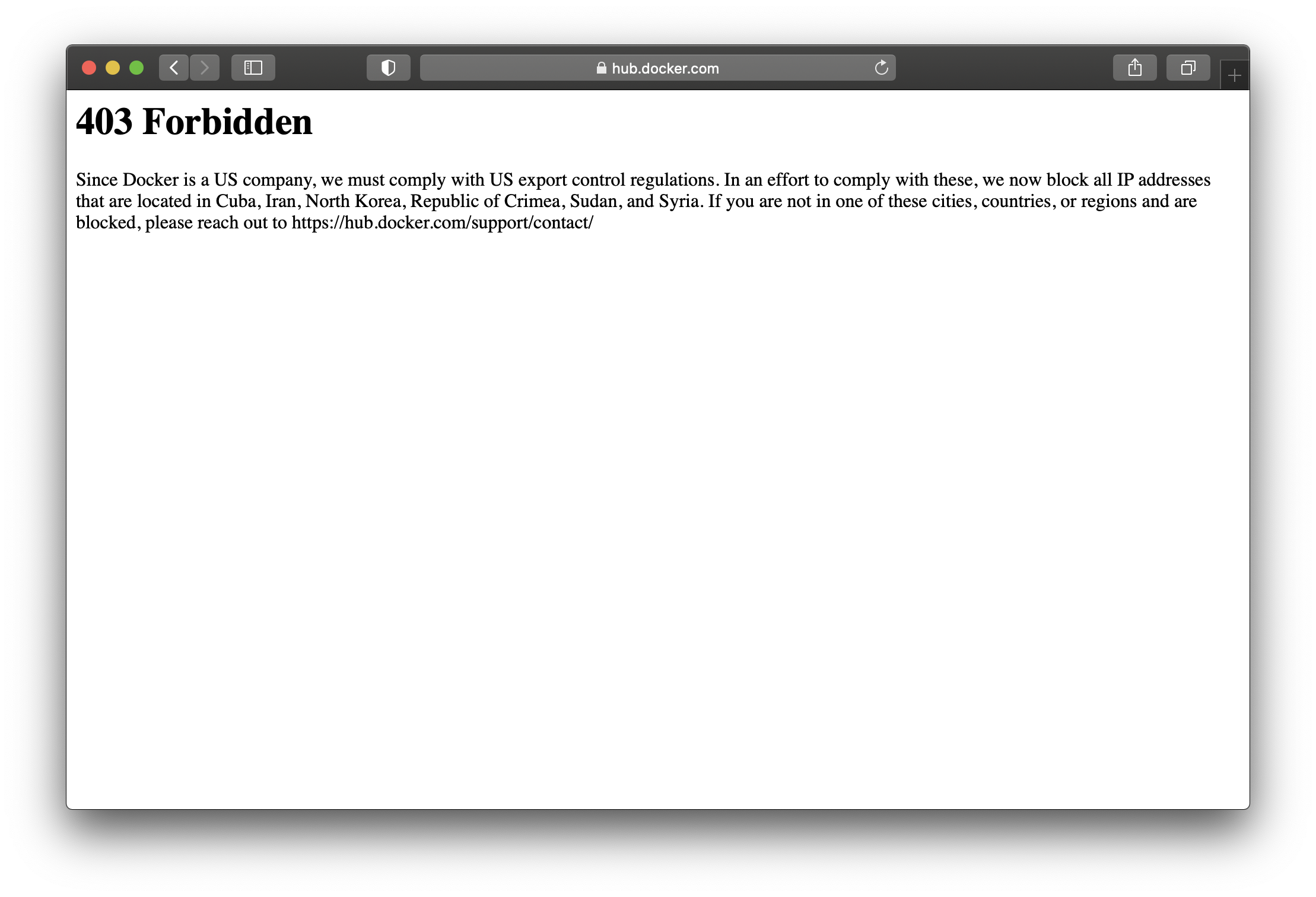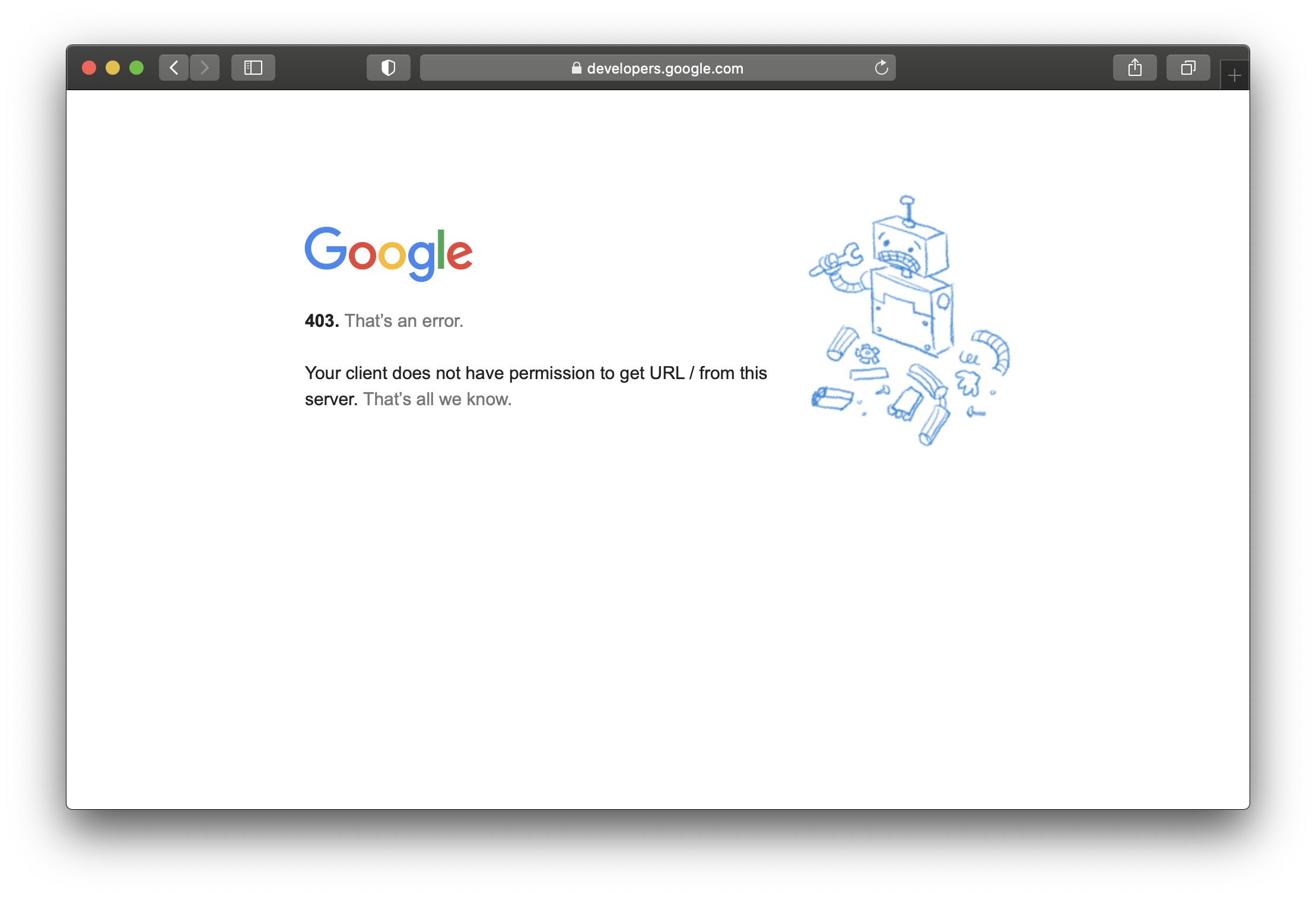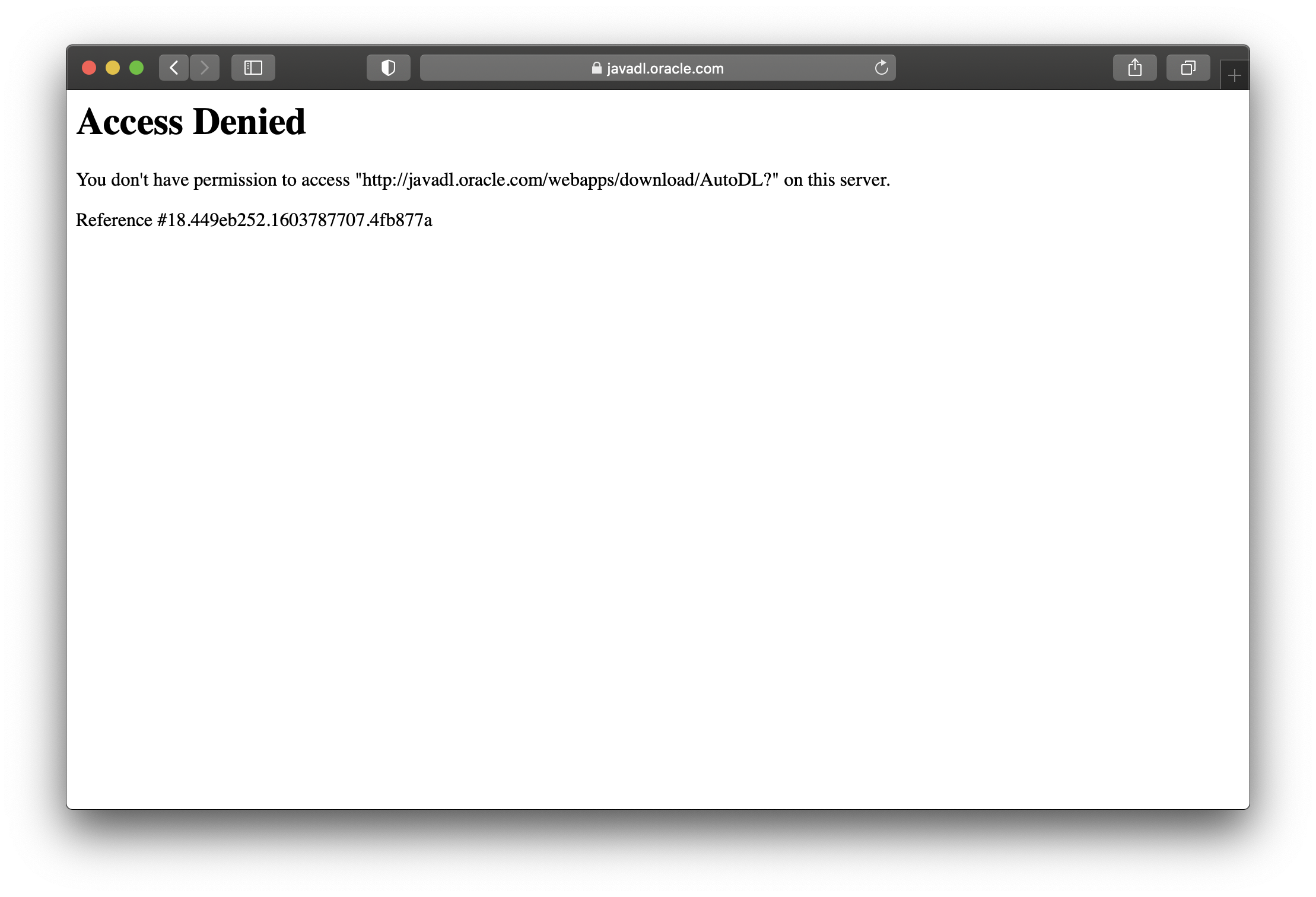About a month ago, I finished the Cal Newport’s valuable book “Digital Minimalism” and it’s actually changing my lifestyle! This book is a MUST read for everyone who is using the social media and entertainment online services such not just because of the materials and contents they provide but because after reading it I realized that we are waisting the most precious thing we have like never before; our life time! I will definitely go for a full review of this book in future. For now, I just wanted to share my own experience about the process.
Declutter process
The book offers you to quit all optional digital services for one month which includes social media, entertainment online services, news websites, and video games (if you’re addicted to it). The word optional is crucial here. For example, you may need to check your email every day because of your job and it’s OK. Or maybe you need to continue using Slack because there are some important messages that you need to take care of and that’s completely OK. But when I thought about my own life, I realized that there are just two services that can be considered indispensable: Email, and Whatsapp.
So I uninstalled all others:
- Instagram
- Twitter
- Facebook
- Telegram
- Reddit
- CNN
- BBC
- Lichess (An online chess platform)
Besides apps, I also quit watching the news on TV as well. Also, I tried to stop talking about politics and financial news when talking with my friends and family as well.
Replacement process
Unlike what I have been heard, the first days after quitting was not too difficult for me except that I had two more hours every day that I didn’t know what to do. According to the book, one mission during this process is to find replacements for times that got freed. So one day I write all of my life priorities on a piece of paper:
- I need to spend more time with my family
- I want to read more books
- I have to shed some pounds and get fit
So I started to change my lifestyle accordingly to achieve above goals:
Spend more time with Family
Every time I get back home from the office, I was used to napping on our sofa and check all social media for about 30 minutes. So instead of this, I told my family to get ready for a walk right after I arrive every other day. Now whenever I get home, they are ready for the walk. We go walking for about an hour. Then when we return home, we start to prepare dinner together. This participation helped me a lot to get in touch more with my wife and daughter.
Read more books
I am already a reader. What I wanted to do is to boost it a little bit. So I changed our home’s environment a little bit. I placed the book I’m currently reading on a desk near the TV; consequently, instead of picking up the TV’s remote control, I pick up my book and start reading for about an hour after the dinner and before getting to bed.
Get fit
These days gyms are closed due to the Coronavirus; so, instead of going to the gym, I brought it to the house ;) I haven’t done anything special. I bought a pair of dumbbells from an online store and workout on days we don’t go for a walk. Furthermore, I watched some YouTube videos about exercising at home without any pieces of equipment. It’s very cool to see you can use you body weight instead of any gym weights. On weekends, I go for a hike either alone or with my friends.
So what about my phone
These days, I used my phone just for making calls, listening to podcasts, and to update my book progress on Goodreads. I kept Goodreads from my phone because it’s difficult to turn on my computer every night to update my process. When I get home, I place my phone somewhere far from the living room so I check it less often. I also configured “Do not disturb” to turn on automatically after 10 PM so I only receive emergency calls notifications. When it’s weekend, I tend to keep my phone on airplane mode so I can spend more time doing what I love. Sometimes when we go for a walk, I intentionally leave my phone at home to spend as much time as possible with my family and the nature.
Conclusion
In this world full of distracting stuff, we pay less attention to the things that really matters. Our families, our health (especially mental health), and our values need more attention! After removing some worthless things from my life, I feel more energized than ever! Quitting these products and services could be difficult and it’s not your fault at all because they spend millions of dollars designing them to catch your attention as much as they can and unfortunately our brain can handle a limited amount of attention. When the brain capacity it full, it simply ignores the other things; so, prioritize what matters and put your time and energy on truly valuable things.

 2020 will be over in less than 5 days. It was not a good year especially for me. Due to some circumstances, I had no choice but to stay at home. I was supposed to join my new company by June, but because of the pandemic, I had no choice but to stay home and WAIT! Believe me or not but waiting and uncertainty are the worst things I have ever experienced.
2020 will be over in less than 5 days. It was not a good year especially for me. Due to some circumstances, I had no choice but to stay at home. I was supposed to join my new company by June, but because of the pandemic, I had no choice but to stay home and WAIT! Believe me or not but waiting and uncertainty are the worst things I have ever experienced.